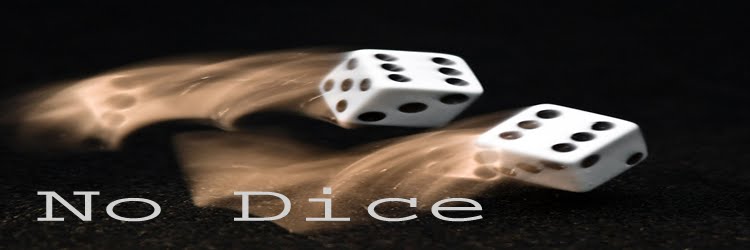Nano-polycrystalline materials: what are they, why are they useful and most importantly, why should we care? For one, they provide a fascinating insight into current science, which will be discussed later. First, “what”, as how can you understand the usefulness of something until you know what it is? For instance, how useful is a latundan? Well unless you are hungry, not very, as it is a Filipino banana. A quick insight: nano-polycrystalline iron-nickel alloy is approximately 400 percent stronger than conventional iron-nickel alloy. Starting to see the potential?
Looking at the etymology of the word reveals what it means. “Nano” refers to the scale (1x10-9), “poly” means many and “crystalline” means a crystal structure. Thus, we have a material made up of many nano-sized crystals, in this case anything with crystals less than 100 nanometres in diameter. To give a sense of the scale, 1 Billiard (a thousand billions) of them fit in a pint glass. To explain what a crystal is, think back to what is first taught about metals in school, which is, that all the atoms are tightly packed in every direction, for instance imagine packing snooker balls into a cube. This creates a very ordered set of atoms referred to as a “crystal lattice”. In these nano-polycrystalline materials we have nano-sized pockets of this order and the bits around them that hold them together are random. In terms of an analogy, envisage a bowl of sugar cubes that have gotten wet. What is meant by this is there are lots of lumps of sugar that have just started to dissolve around the edges making them all stick together, so each cube is still visible but now they make up one whole.
So why? These materials are a representation of nature, with a few tweaks by human hand, producing remarkable results. Their strength makes them harder than steel; it shows that the actual structure of a material, at an atom by atom scale, is just as important as the composition. So, all manner of things can be created from nano-polycrystalline materials using their beneficial properties to produce something above and beyond that of normal materials.
Now, to the point of what this means for science. The creation of these materials highlights the movement of material development, from the old fashioned system of “let’s add more stuff and see if it makes the material better or worse”, to the creation of materials by selecting the favoured attributes through knowledge of in-depth truths about the physics and chemistry used.
This is a crucial turning point, not just for materials but as a trend in science in general. The move from bumbling explorer, “what happens if I do this?” to the scientist who deliberately decides to do things in order to create a preferred outcome, therefore showing a maturity of thought. Think of it like the stage where humanity instead of finding caves to live in, are building their own ‘caves’ in more preferable spots. So, creating houses as shelter where they want rather than just finding it. Admittedly one cannot come until after the other, yet it is an important step to take.
There are still drawbacks from doing science this way; first to jump to mind unfortunately is that of faked results. There have already been many high profile cases, such as the ‘human cloning’ by South Korean Hwang. Showing when you go looking for something, there is a strong urge to ‘find’ it even if the evidence is to the contrary. However, this is not a question of scientific method more of the ethics and decency of the scientist. Another negative view could be that we will not create anything new, with the thought that we are only doing things we know, yet nano-polycrystalline materials are proof against that. These materials were created due to an observation that materials with smaller crystals are harder than those with big crystals. Further investigation created ever smaller grains leading us to nano-polycrystalline, a previously unknown structure. This is an example of scientists taking previous results as sign posts to find new and better things. Unfortunately in this case we cannot do this forever as if you continue to attempt to create even smaller crystals you end up with a material that has no structure, so is hard but incredibly brittle like glass.
So, what impact does this have on life? Well none, yet. This is one of those areas of research that never makes the headlines, just makes the future. You will, probably, never notice the introduction of nano-polycrystalline materials into the world around you. However, more importantly they throw the change in scientific thinking into stark contrast, no longer are we stumbling along reaping the benefit of accident but now making tools to build our own future.
(A piece written for a writing competition)

No comments:
Post a Comment